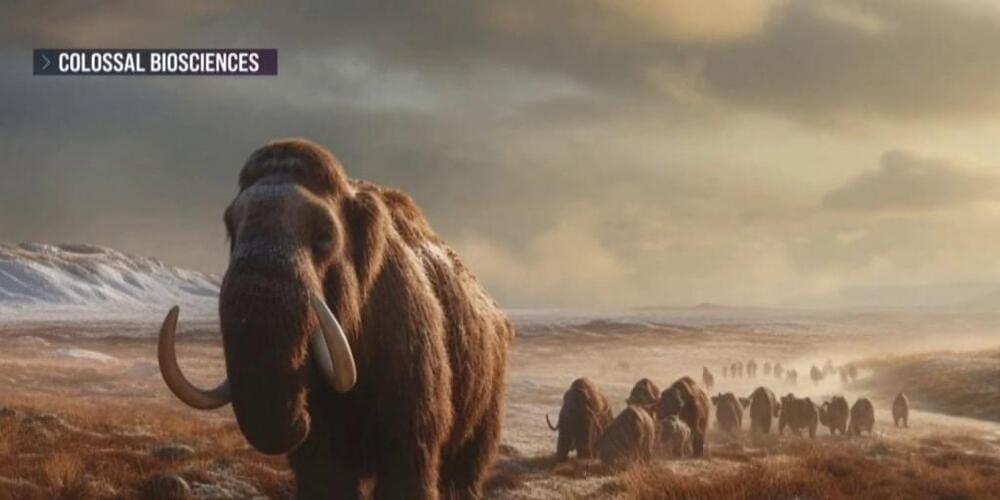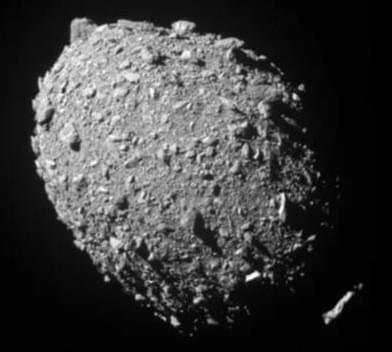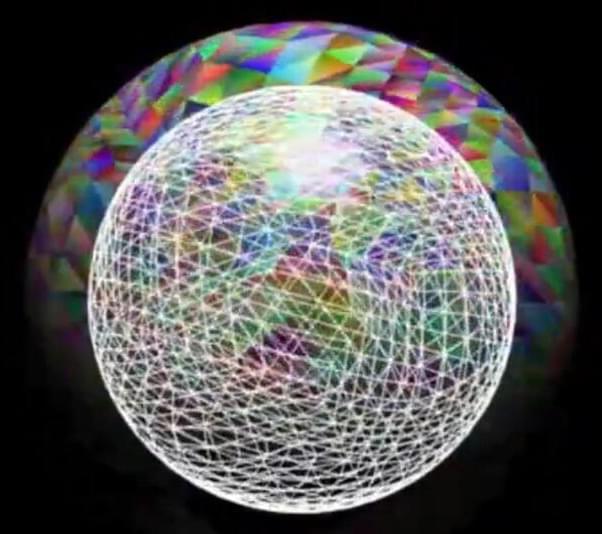Radical Plan to Stop ‘Doomsday Glacier’ Melting to Cost $50 Billion.
Working on these next-gen intelligent AIs must be a freaky experience. As Anthropic announces the smartest model ever tested across a range of benchmarks, researchers recall a chilling moment when Claude 3 realized that it was being evaluated.
Anthropic, you may recall, was founded in 2021 by a group of senior OpenAI team members, who broke away because they didn’t agree with OpenAI’s decision to work closely with Microsoft. The company’s Claude and Claude 2 AIs have been competitive with GPT models, but neither Anthropic nor Claude have really broken through into public awareness.
That could well change with Claude 3, since Anthropic now claims to have surpassed GPT-4 and Google’s Gemini 1.0 model on a range of multimodal tests, setting new industry benchmarks “across a wide range of cognitive tasks.”



